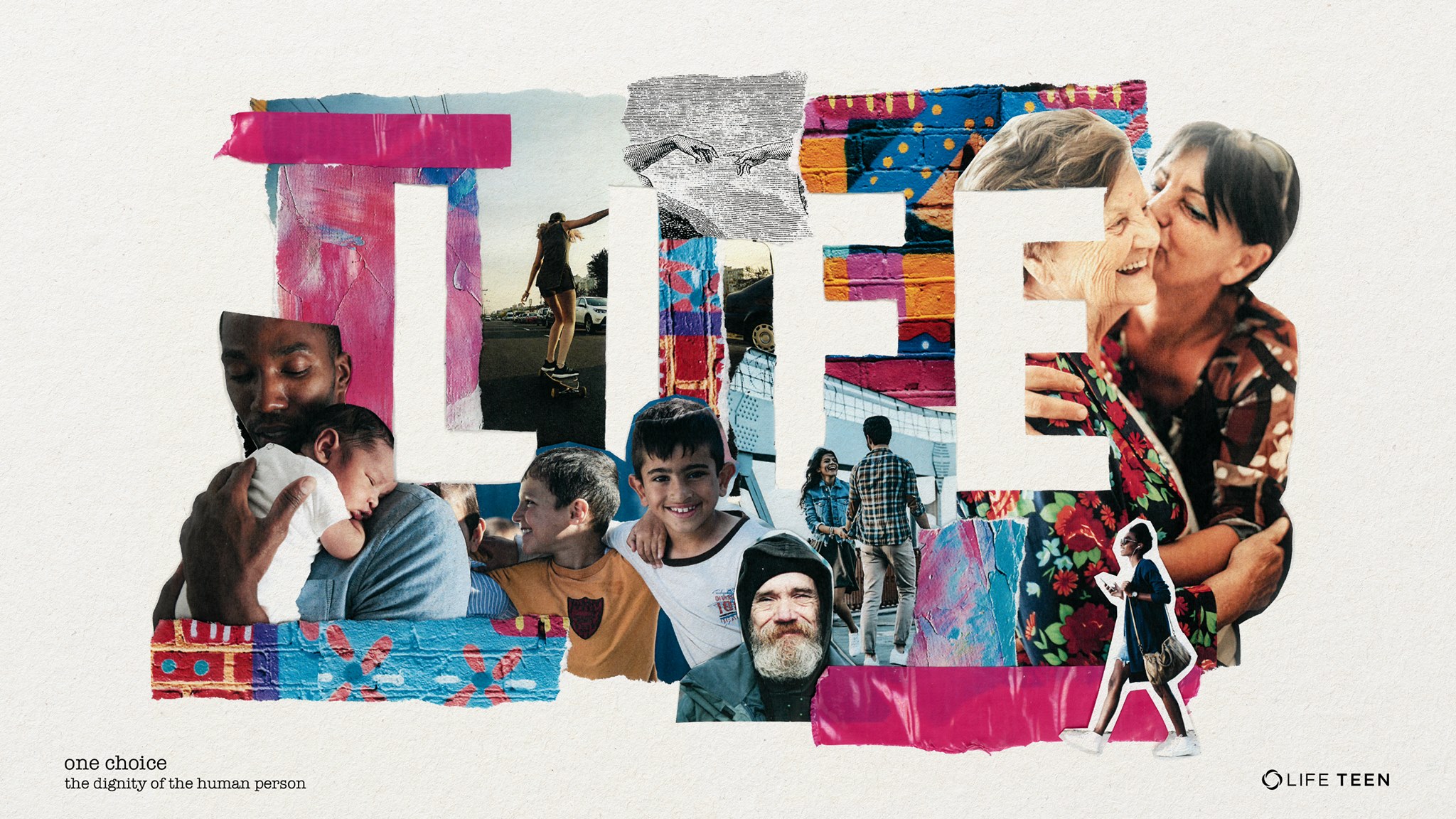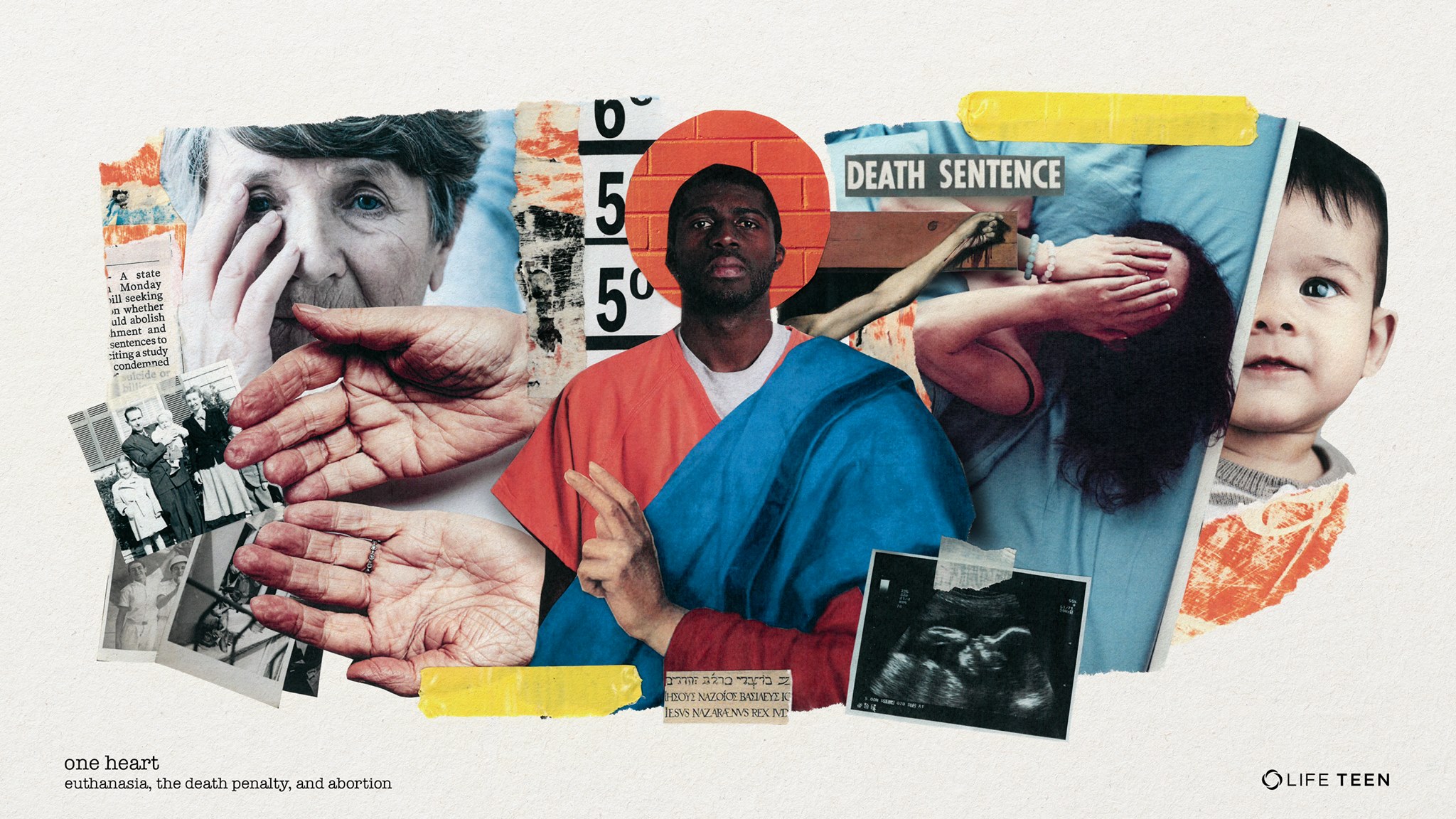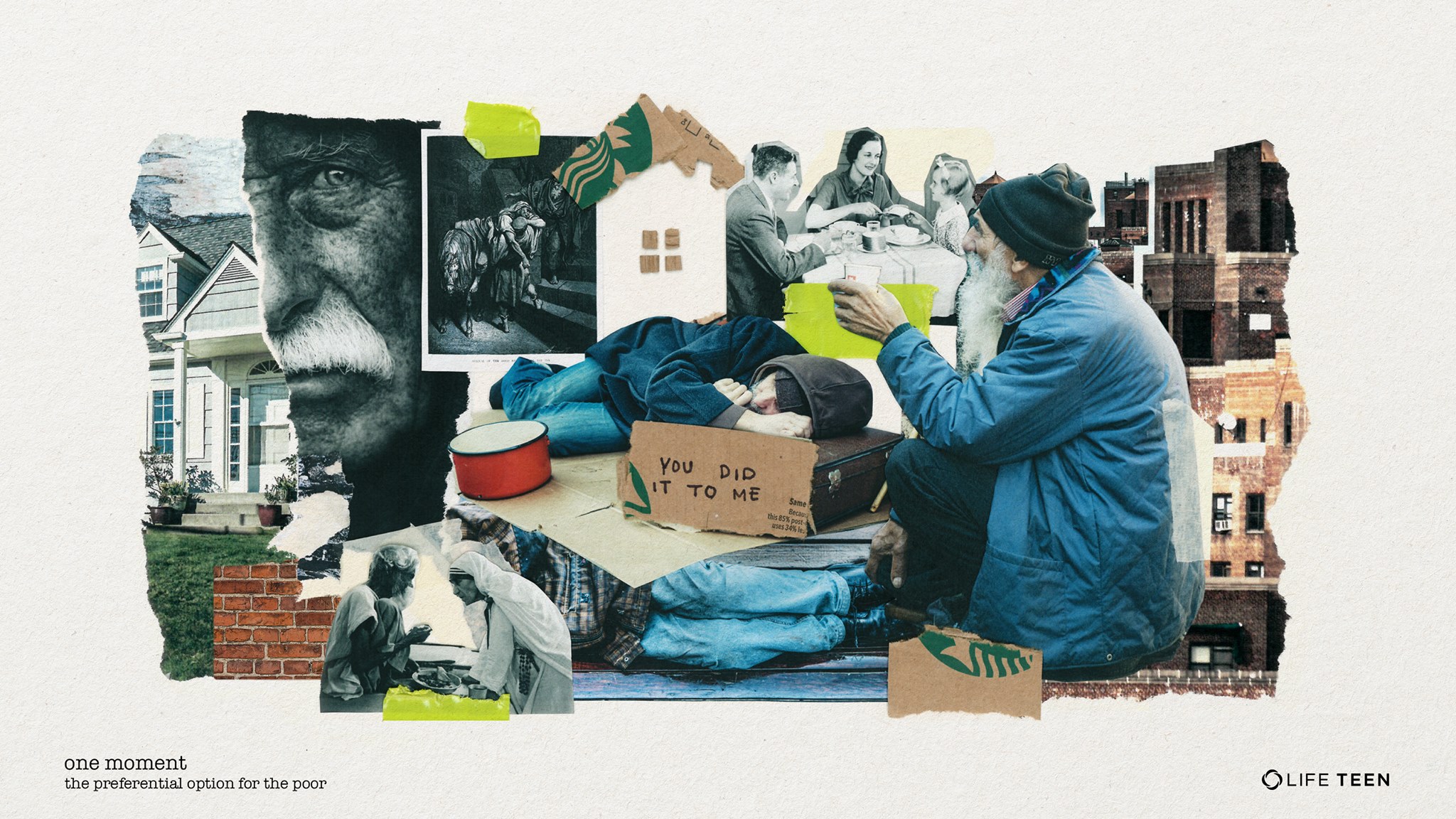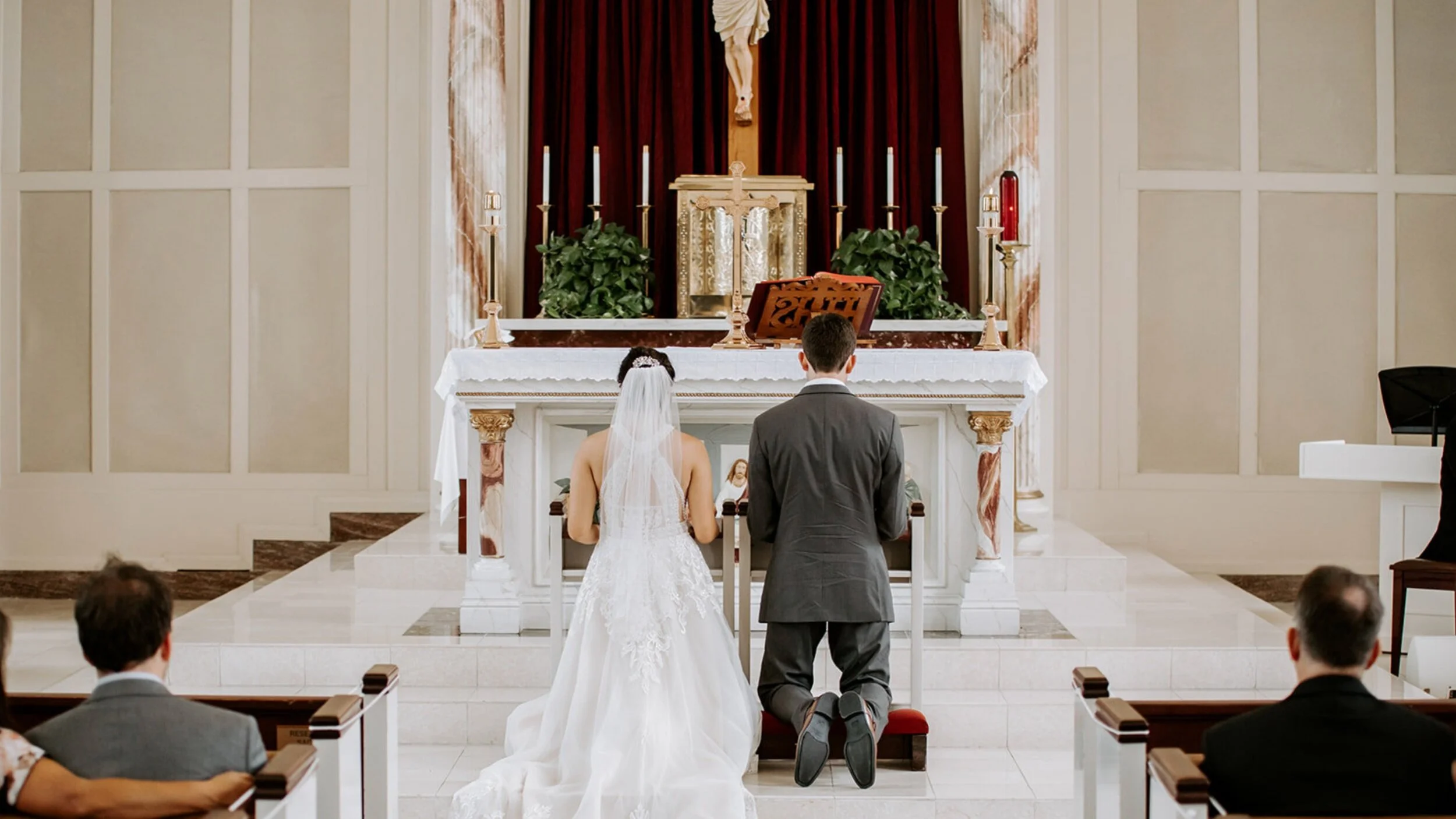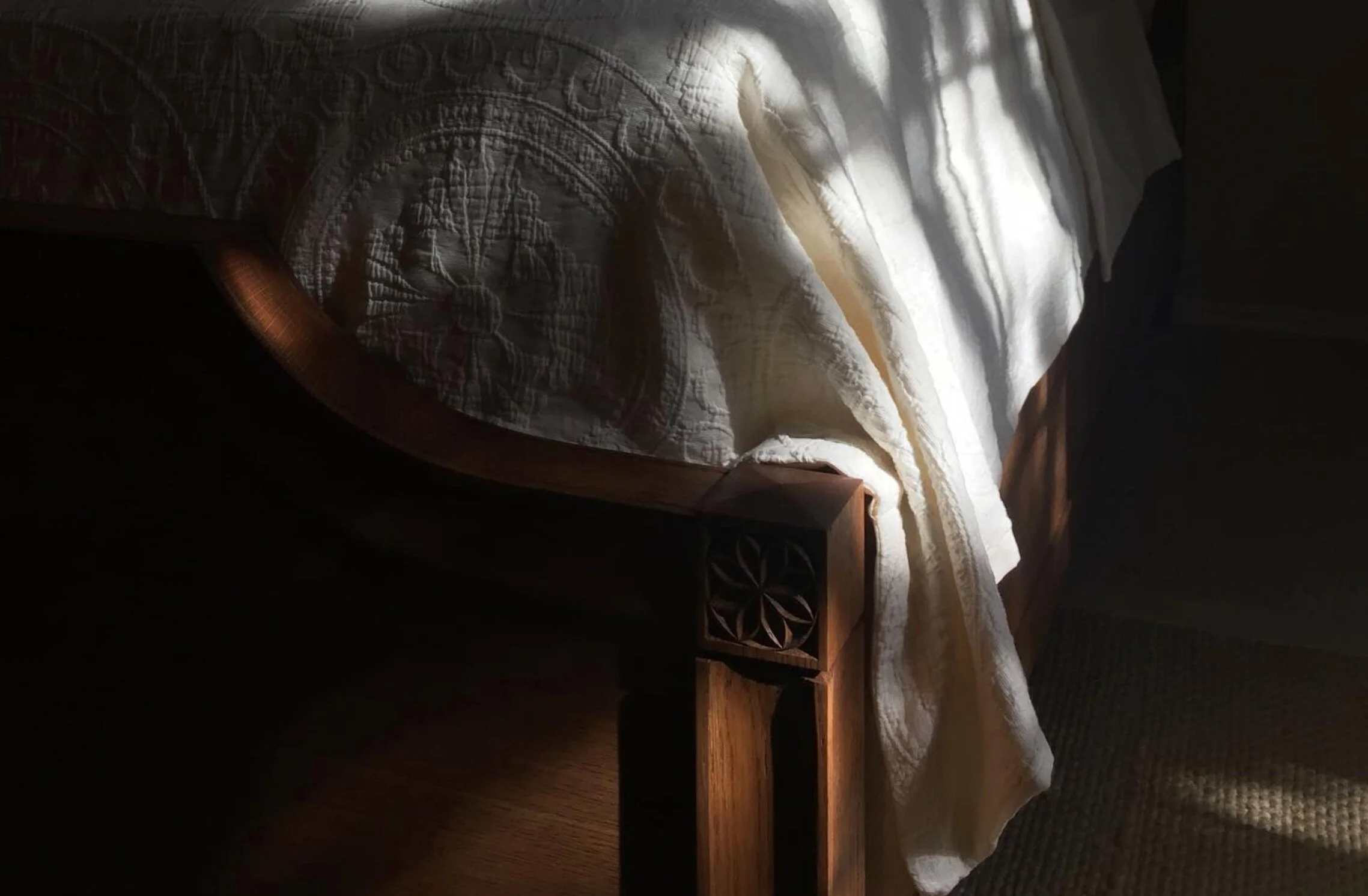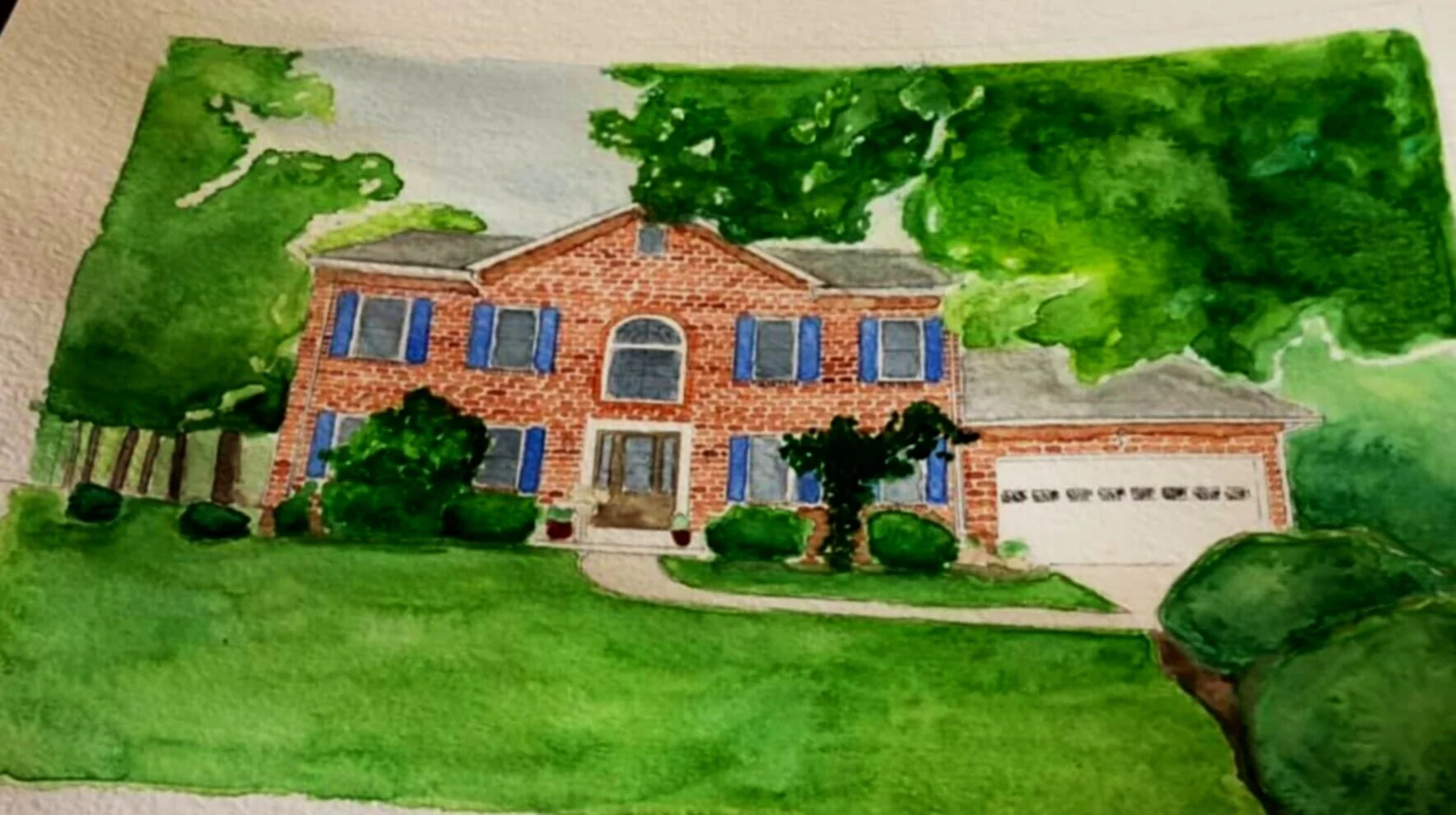Guest post from Sherwood Fellows.
If Your Parish Wants to Grow, Invest in Communications
One of the biggest objections that I hear from Catholic churches and other nonprofit organizations when they are considering investing in communications is that they simply don't have it in the budget to spend more than a few hundred/month on it.
This is understandable for many reasons. A 2001 study found that Protestants in the U.S. donated an average of $1,093 to their churches in 2001, whereas the average amount given by Catholics to their churches was $495.
Furthermore, we are seeing a drop in donations to churches across the board; some creatives in the Catholic Creative group who work in diocesan offices reported a 20% drop in yearly income. So Catholics are working with less than half of the budget of the average Protestant church, and yet our churches need to do more than ever to keep people in their pews.
Parishes have been doubling their efforts, putting money into youth ministry and music programs and better facilities in an effort to keep up with the growing need for a parish to create community in the midst of a disconnected and disinterested culture.
So I get you. Money is always tight. Our budgets are all accounted for, and adding big expenses for "fancy" design and "professional" media seems a bit superfluous to those unfamiliar with design and its effects on a community.
It seems like a nice thing to do, but not until we already have heaps of extra money and a bunch of extra time on our hands, because how is that new 200-pixel logo really going to help us more than having another youth ministry staff member, or Spanish-speaking minister?
What if I told you, though, that doing the logo could be the direct cause of having the heaps of extra money and heaps of extra time on your hands? What if I told you if you invested in a real way in design (not just hiring an entry level person to do some part time work), you could hire that new youth ministry assistant and bookkeeper next year?
What if I told you that the feeling of drowning in ministry that your staff is experiencing right now will never go away until you invest in professional design?
Bold claims, I know. But I hope that by the end of this blog, I will give you a small insight into why design matters for your organization and how it can lead to hundreds of thousands of dollars saved, and even more won from committed disciples.
Appearances Matter
Let’s start with a story. There was once a police officer named Chief William Bratton. This policeman became chief of police in New York City in the 90s, when crime was at an all time high. Murder, rape, and burglary were serious problems that were ramping out of control, as an under budgeted police force tried to stretch meager resources to cover the growing crime in the city.
Bratton knew that he could not focus on all things, and that stretching his resources would never be a winning strategy. So he decided to make a psychological play few outsiders could have expected: He focused all their resources on cleaning up graffiti and enforcing subway tickets, two things that were the lowest priorities of all past officers.
What happened next was astounding. During the next ten years, the crime rate plummeted -- burglaries, rape, and murder all dropped to the lowest they had been in years. https://www.city-journal.org/html/how-new-york-became-safe-full-story-13197.html
The lesson from Bratton speaks to the subtle but powerful influence that the appearance of things can have on a person's psyche. Design, appearance, and environment profoundly affect how people behave. It also speaks to the issue of budget.
In the church, we approach prioritizing our spending similarly to the ways that the police chiefs previous to Bratton would have done: when approached about our website or our logo or our ugly bulletins, we say something like, “the appearances of things are nice, but we can’t justify spending money on addressing all that if we aren’t already nailing it with the bigger stuff.”
We have limited resources, we are spread thin, and in that tunnel vision, we allow ourselves to place it on the bottom of the pile. We forget that appearances can have a powerful and unexpected impact on everything else.
So here is my thesis: If you have to pick and choose between giving people an intentional, positive emotional impression of your organization and bailing water, start with the former, and you'll get what you need plug up the holes so that you can stop bailing.
How Can this Help us Make Money?
1. Trust
You will be able to raise more money if more people trust you more, and less money if people feel like you are in perpetual crisis mode.
“He who has, more will be given him.” This is a classic “stewardship” lesson out of the bible, but we tend to read it spiritually and don’t realize how true it rings simply on a psychological level. People will probably give more money to those organizations in which they trust more.
But how does something like design help people to trust you more? Let’s take something as insignificant as your website as an example. Of people polled, Nearly half (46%) of people say a website’s design is their number one criterion for determining the credibility of an organization (Source). In 2012 (5 years ago), 46% of church attendees said that a church’s website was important in picking a church to visit (Source).
Your website, your logo, your bulletins, even the language you use in your greetings and announcements at mass all have a significant (but subtle) effect on whether or not your congregation trusts you as an organization. If you look at the most successful churches with the highest rates stewardship, participation, and involvement of volunteers, you will find excellent design/media across the board.
2. Clarity
You are without a doubt wasting your time. This is a fact of organizational life. You have people duplicating each other's work, communication issues that cause backups, inefficient processes/ tools... every organization has these. You probably are already aware that clarity is usually at the root of these issues.
What people don’t know about professional design, is that when it is done well, it creates a cohesive inner clarity that permeates organizations and helps team members understand each other. Without the clarity professional design processes have to offer, each day, each week, each month, each year, you are leaving more and more money on the table as your organizations spend time inefficiently.
Seem far fetched? Think about it. All of your staff probably has a halfway-decent understanding of their own roles, and they probably believe that they understand the mission statement fairly well. However, the mission has probably simply been communicated verbally: bare words, without lots of intentionality behind the delivery method.
When we begin branding with a team, we present different aesthetic directions that we feel like we can take with adapting an organization's mission into a visual identity. When we do this, teams MARVEL at how not on the same page they were about the mission (even with the closest members of a team).
This is because as long as something stays conceptual and not physicalized in symbol, color, or font choice, everyone is free to read whatever connotation they would like into your statement. When you have to make design decisions about your brand, you will be forced to achieve a level of clarity in your vision that you would never have been able to achieve while thinking about it in the abstract.
This clarity cascades through all levels of your organization and affects the communication and efficiency in all levels of your team.
3. Mission
The goal of every church is to make disciples. This is the great commission, what every parish and every priests and every Christian exists to do. However, we find this mission difficult to get people on board with as our religion is cast more and more universally in media as bigoted and small minded.
It goes without saying that being a Christian in our culture is to swim upstream. The part that we don’t really think about with this though is that the fewer people we convert to this mission, the less resources we have to keep working. Committed members are all that we have keeping us going.
So it stands to reason that we must do everything that we can give them a deeply emotional and clear connection between the mission of Catholicism in general and our parish in particular.
Especially in major cities, all someone only has to drive for a few extra minutes to find a different parish. If your parish doesn’t live and breathe the mission of the Church, people can go elsewhere fairly easily.
How does something like a functional website work to achieve that?
Let’s say that someone wants to go to confession, and maybe they haven’t been in a while. They look up nearby Catholic churches on Google and find your parish website. They try to find your confession times for a few minutes, but the navigation is so confusing and the website is so slow to load that they give up.
The impression this gives is very clear: your parish doesn’t care about getting people to confession. Whether or not that’s actually the case doesn’t matter so much. If you don’t tell a clear story to people (for instance, having a promo for returning Catholics on the homepage), people will tell their own stories about you.
There’s a lot people can overlook, and maybe people can overlook an old logo, an ugly bulletin, and a broken website for a long time and see the heart of service that lives at your parish. But if you really have that heart of service, why in the world would you bury it under bad design?
It’s the equivalent of being a really great person but having bad personal hygiene. You’ll have a hard time starting conversations with people.
You could call this shallow thinking, or you could call it a search for honesty. People expect transparency -- meaning that your messaging, your design, and your work are all consistently with each other. You wouldn’t hire an editor who had a misspelling on his website.
Final Words
The beauty of great design is that you only have to do it once.
When you go through a professional branding and design process, you come away with all the tools you need to communicate to your parish and to the outside world. You have all the design decisions made for your bulletin and even for the next flier you have to make. Your website is clear and gets people the information they need so they don’t have to call the parish office a million times.
Most of all, once you have great design, all you have to do is focus on consistency: making sure your clarified message is heard over and over until your parishioners can repeat it to their friends who ask what their church is all about.
At the end of the day, some people will always join your parish despite bad communication -- maybe they have friends there, or they liked the first homily they heard. And that’s great. But don’t think that just because some people join despite a bad website that a great website wouldn’t help bring more people, and therefore more budget for your parish to continue its mission of conversion and service.
So if you think your parish needs better communication, talk to us. We’ll help you stop bailing water and discover where you’re going as an organization and how you can get there.
